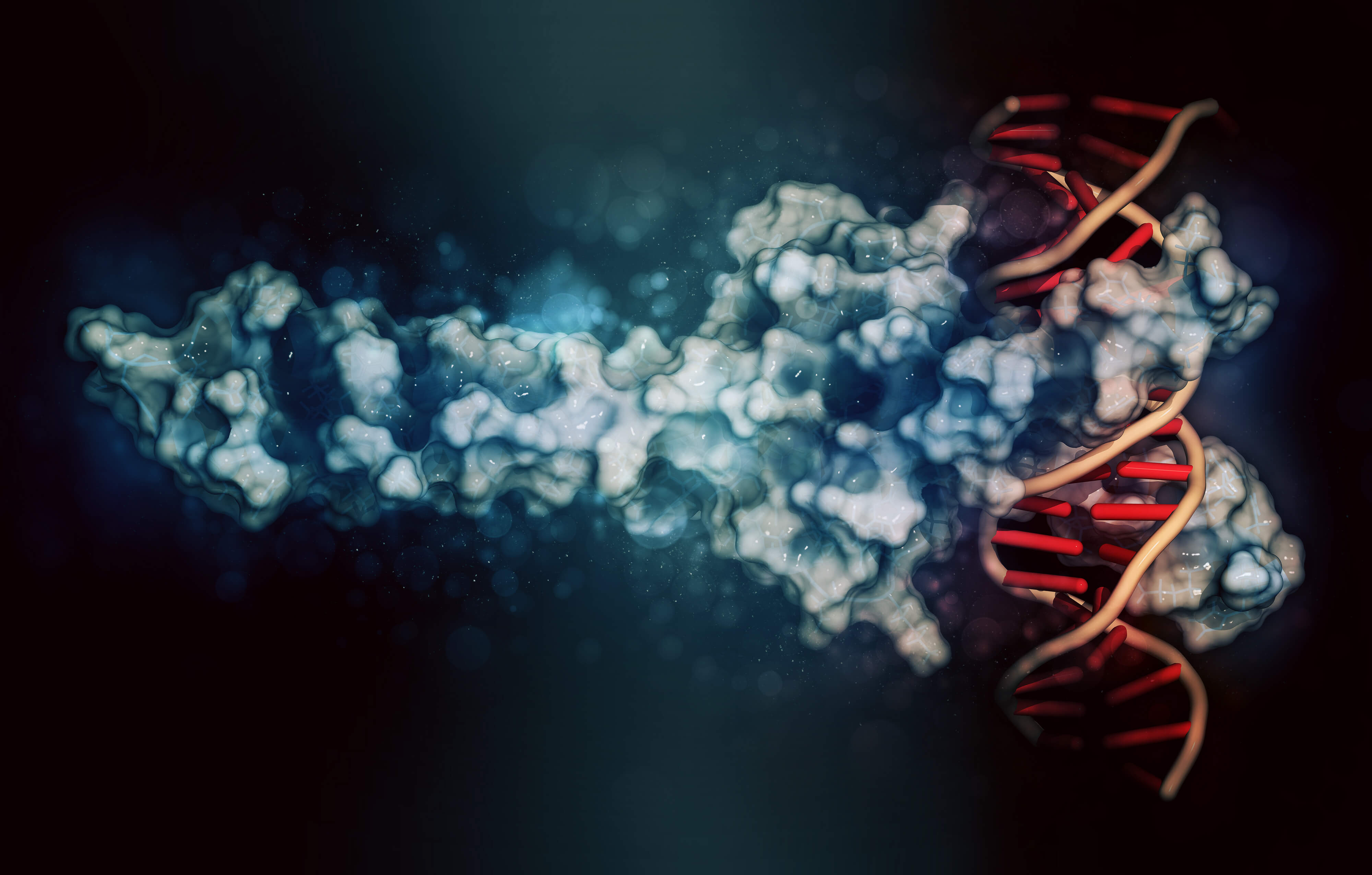What are biomarkers?
Biomarkers are biochemical indicators that can mark changes or possible changes in the structure or function of systems, organs, tissues, cells and sub-cells, such as DNA, RNA, proteins, enzymes, lipids, glycans, metabolites, etc. They can be used as biomarkers for research.
Biomarkers can be used for early diagnosis of diseases and monitoring of therapeutic effects and discovery of therapeutic drug targets. They can also be used to elucidate the mechanisms of action of various pollutants and determine the interactions that occurred between various pollutants and organisms. In addition, biomarkers can be used in epidemiological or toxicological studies to determine whether organisms have been exposed to certain environmental factors. The screening of useful biomarkers is not only of great importance for the diagnosis and treatment of diseases, but can also be linked to ecological effects to develop research solutions to environmental problems.
Previously, the method commonly used for screening biomarkers was genomics. With the completion of human genome sequencing, it has been found that genes are expressed in complex ways and genomics cannot answer many human questions about life activities, while proteins are the implementers of gene functions, and understanding protein structure, localization and protein interactions, and protein functions is significantly more beneficial to understanding the nature of life phenomena.
Common proteomics techniques for screening biomarkers
MS is an analytical method that measures the charge to mass ratio of ions. The basic principle is to ionize the components of a sample in an ion source to produce positively charged ions with different charge-to-mass ratios. The ion beam formed by the accelerating electric field enters the mass analyzer. MS is an essential core proteomic technique for the highly sensitive and high-throughput identification of proteins or peptides and post-transcriptional modifications. The most commonly used MS techniques include: matrix-assisted laser desorption ionization time-of-flight mass spectrometry (MALDI-TOF-MS), surface-enhanced laser desorption ionization time-of-flight mass spectrometry (SELDI-TOF-MS), tandem MS (MS/MS), etc. In recent years, MS technology has undergone dramatic changes with the emergence of new generation mass analyzers and complex multi-stage instruments such as quadrupole time-of-flight tandem mass spectrometry (Q-Q-TOF) and time-of-flight tandem mass spectrometry (TOF-TOF).
- Protein Microarrays
Protein microarrays are microarrays in which proteins such as antigens, antibodies, small peptides, receptors and ligands, protein-DNA and protein-RNA complexes are sequentially immobilized on various carriers such as titer plates and slides. Then, proteins labeled with specific fluorescence or other components are used to interact with the chip and wash away the components that are not complementarily bound to the proteins on the chip. The fluorescence intensity of each point on the chip is then measured using a fluorescence scanner or laser confocal scanning. The protein-protein interactions are analyzed by fluorescence intensity, and thus various proteins are determined.
Protein microarrays can be divided into protein detection microarrays and protein functional microarrays. Protein detection microarrays immobilize probe molecules with high affinity and specificity (e.g. monoclonal antibodies) on a substrate to identify target proteins/peptides in complex biological samples. Protein functional microarrays contain complete functional proteins/domains on the array, allowing the study of the biochemical activity of a specific isoform of a protein or an entire proteome.
Application of proteomics in screening biomarkers
Application of proteomics in tumor-related biomarker screening:
- Lung cancer-related biomarker screening: diagnosis of lung cancer, prognosis assessment of lung cancer and research of new therapeutic targets
- Pancreatic cancer-related biomarker screening
- Biomarker screening for liver cancer
Proteomics in environmental pollution early warning biomarker screening:
- Air pollution early warning biomarker screening
- Early warning biomarker screening for nuclear contamination
